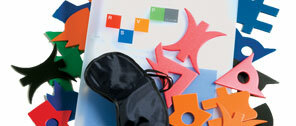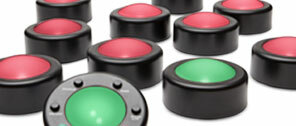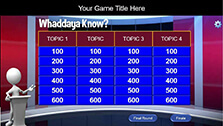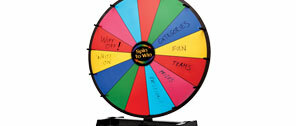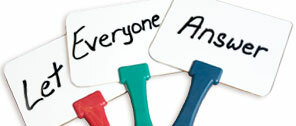-
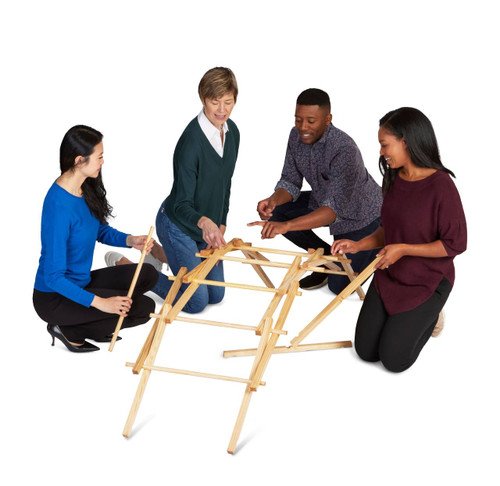
DaBridge - A DaVinci Bridge Team Challenge
-
Trivia Board Pro 5
-

TeamWRITER
-

Flexygon®
-

Who's First?® v3 Wireless Game Buzzer System
-

We Connect Connection Toolkit
-
Trainers EXCHANGE - Annual Subscription
-

Gameshow Pro v.3 * NEW FEATURES!
-
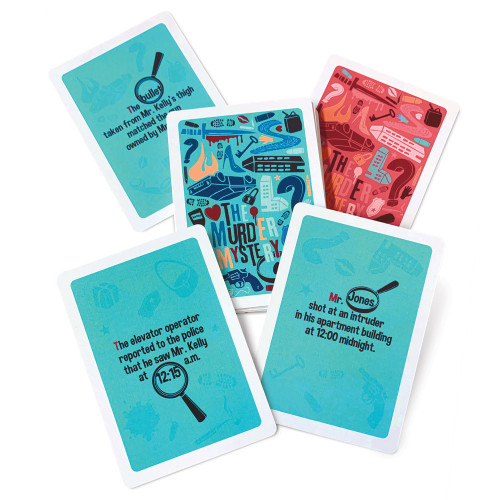
Murder Mystery Deck v3
-
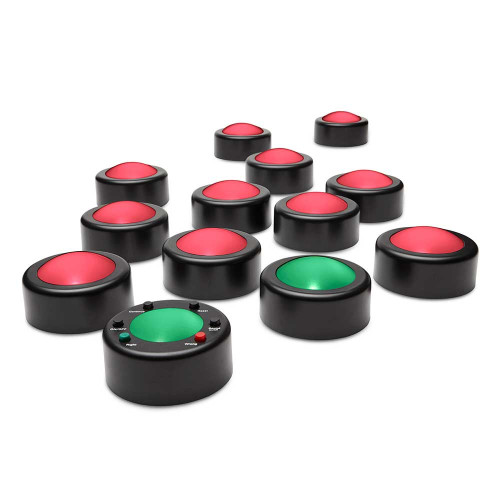
Me First!® v.3 Wireless Game Buzzers - 12-user set
-

Team Development Thumball Set with free mesh bag
-
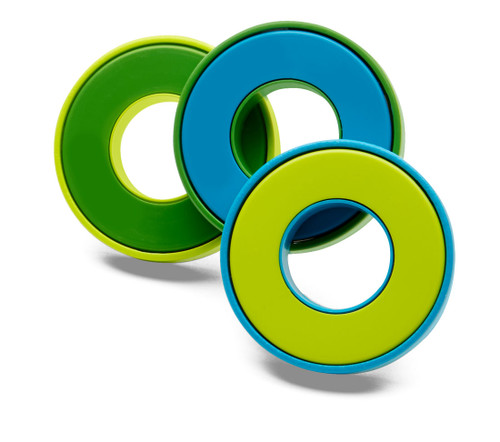
SwingOs

